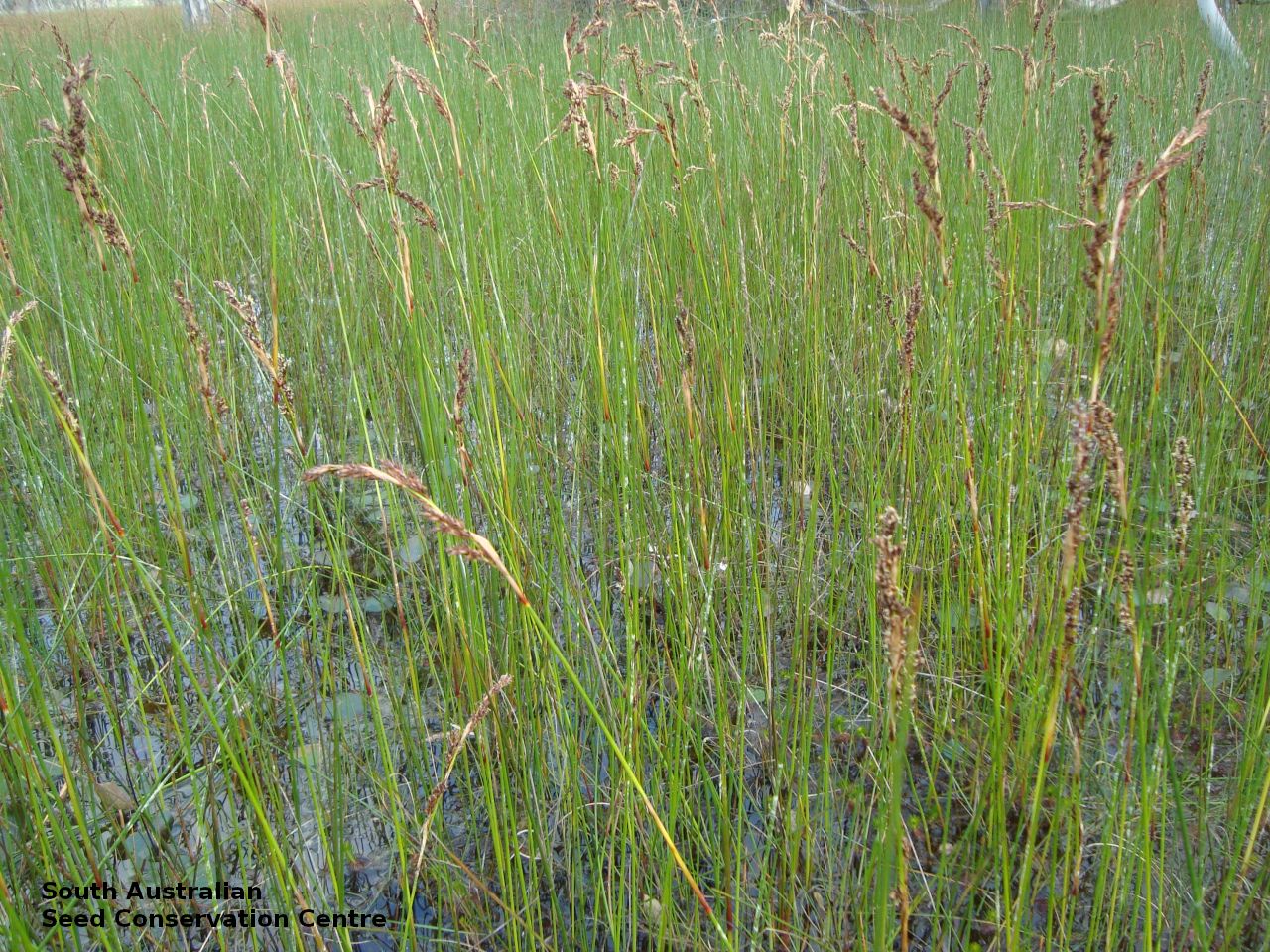
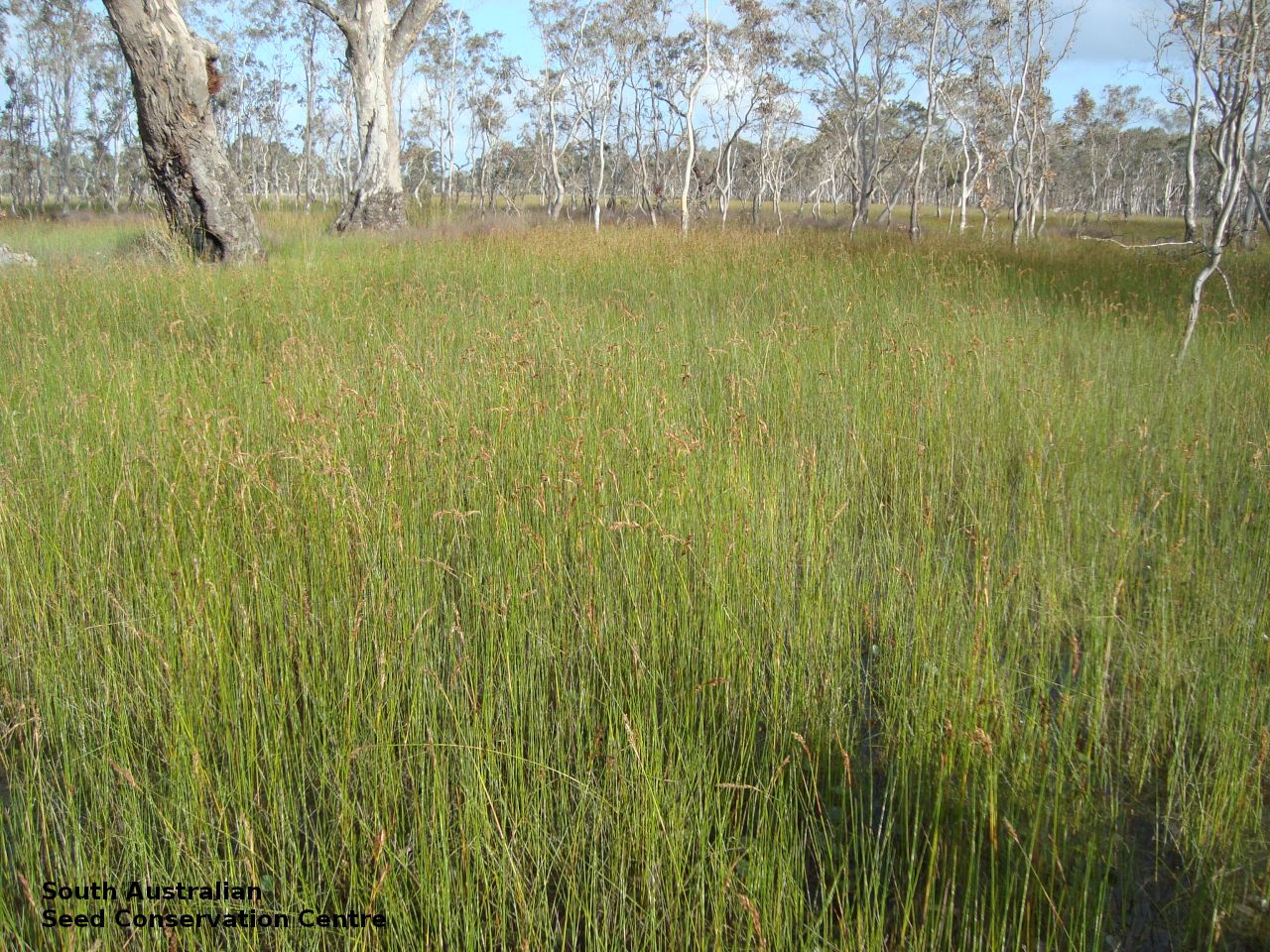
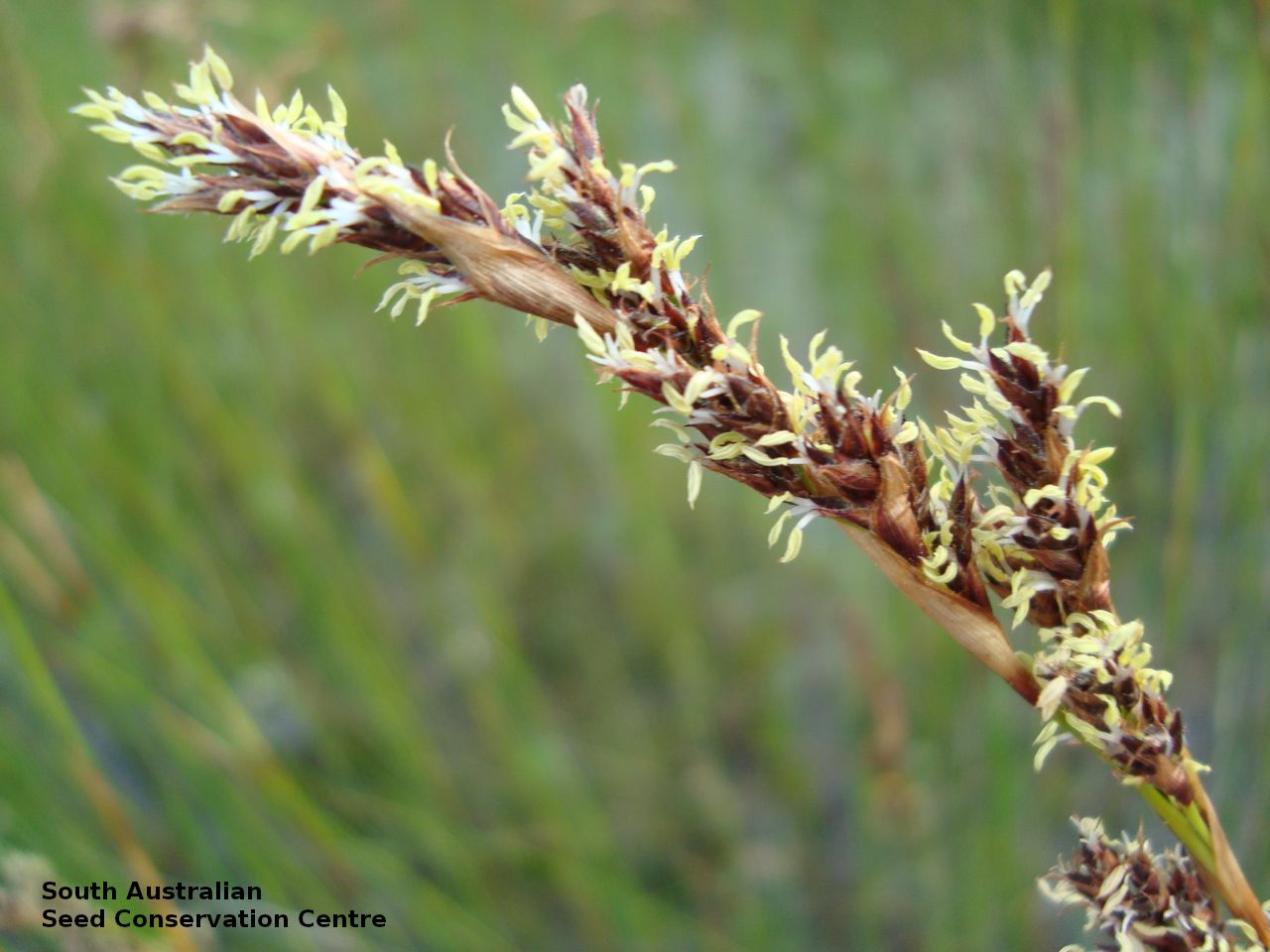
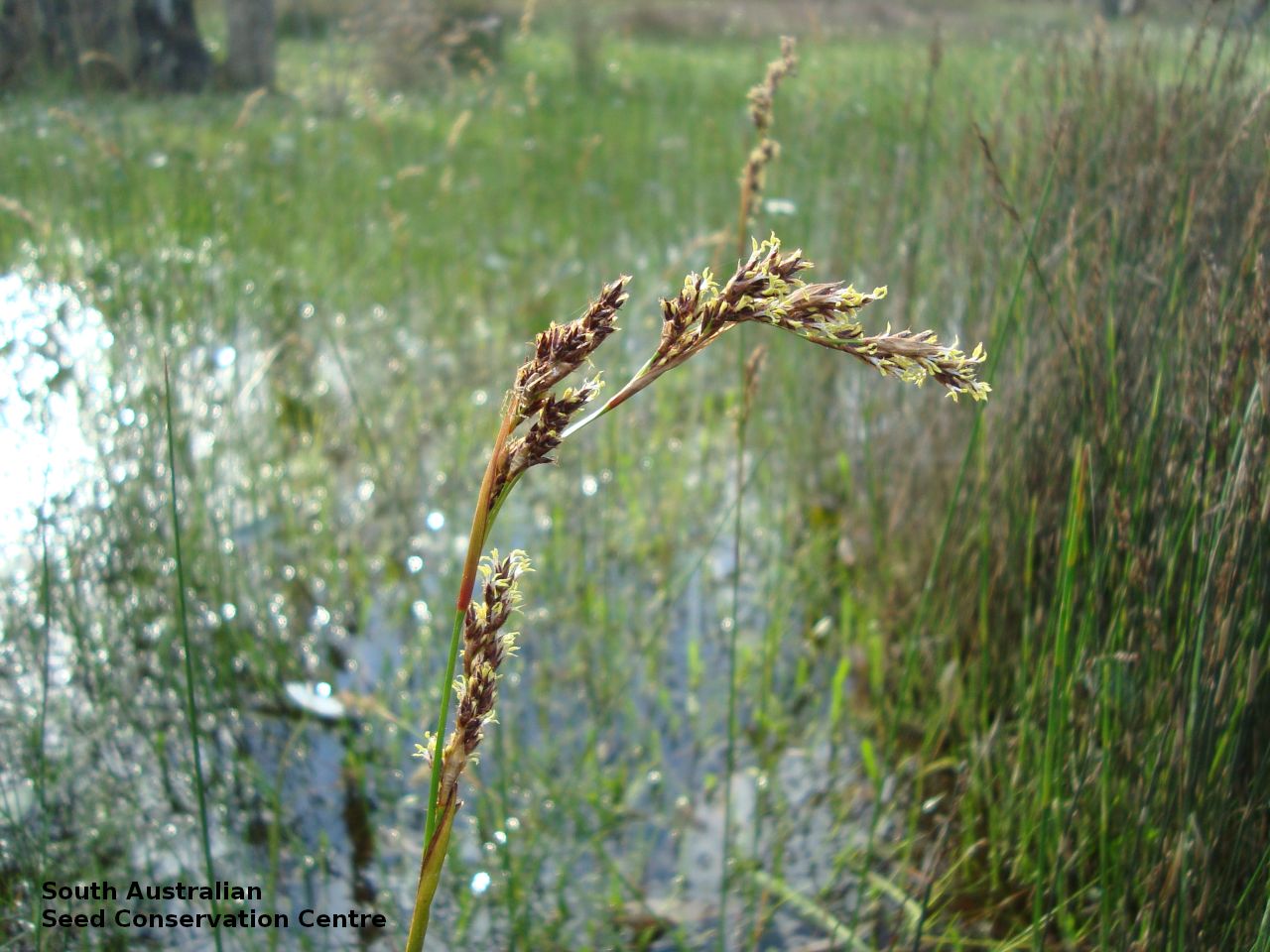
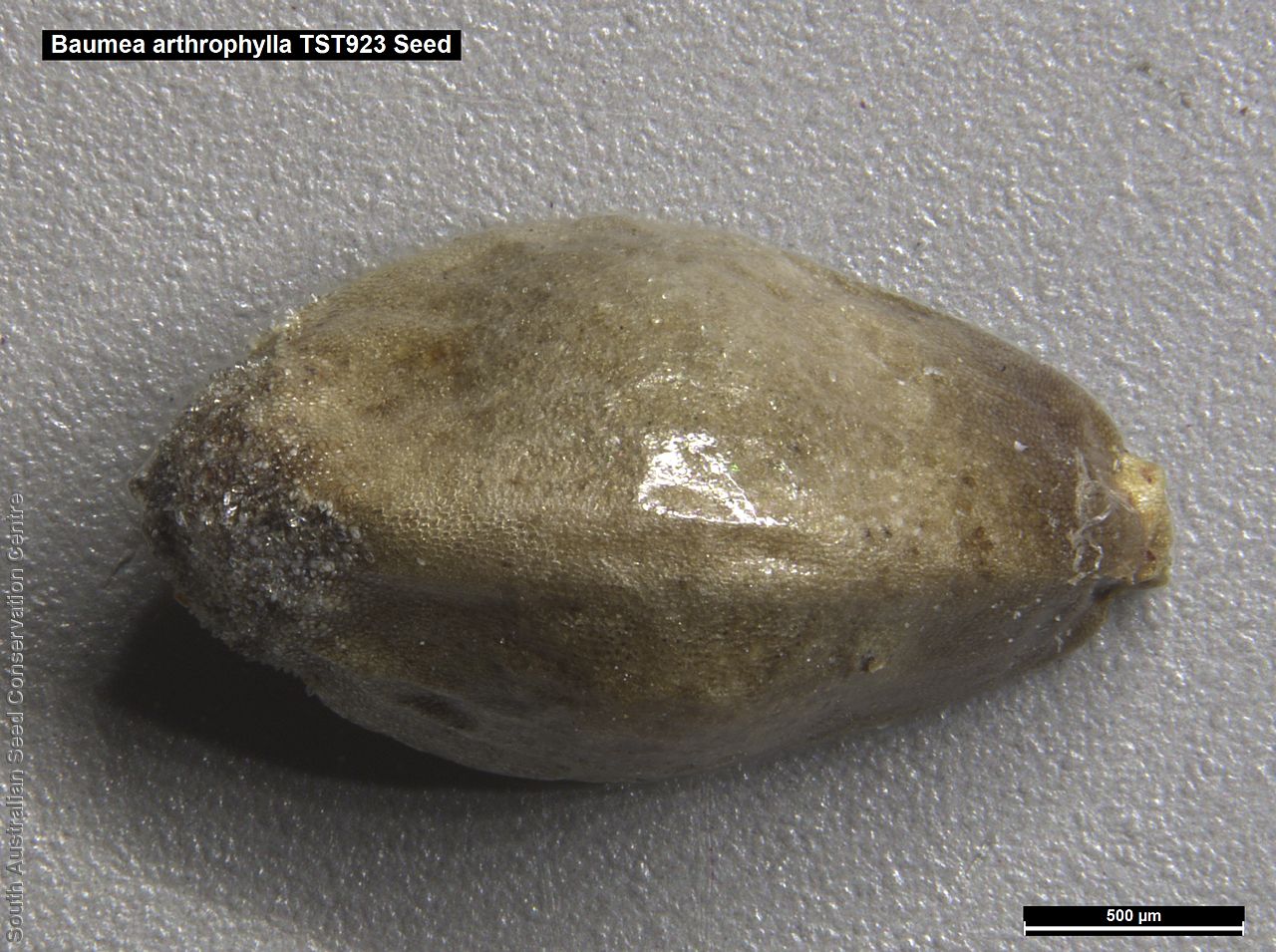
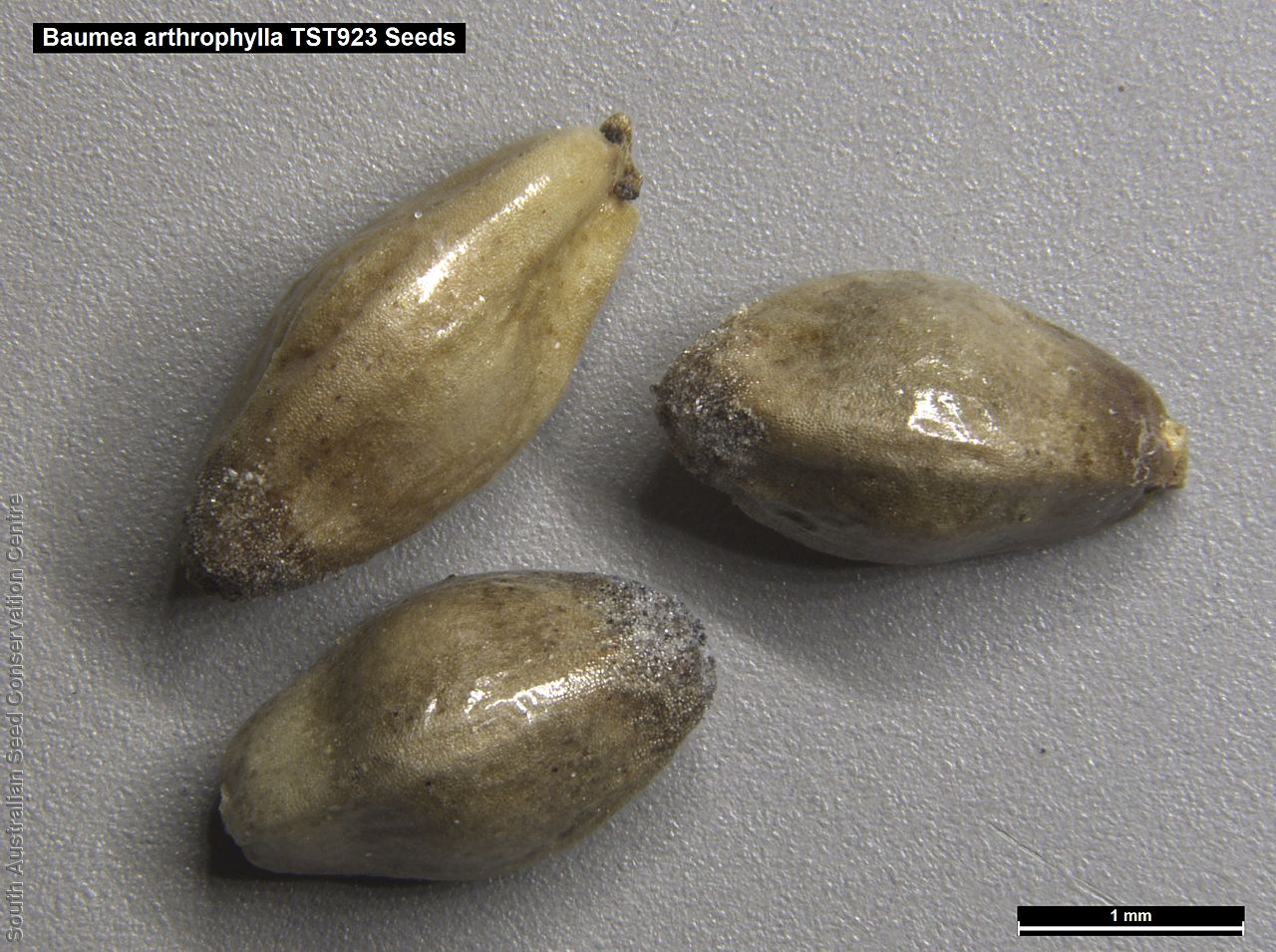

Regional Species Conservation Assessments per IBRA subregion.


Least concern
Near threatened
Rare
Vulnerable
Endangered
Critically endangered
Extinct
Data deficient
Adelaide
Arkaroola
Ceduna
Coober Pedy
Hawker
Innamincka
Marla
Marree
Mount Gambier
Oodnadatta
Renmark
Wudinna
Keith
Yunta
Display IBRA region text
| Mount Gambier (SVP02) | Southern Volcanic Plain | Least Concern |
| Bridgewater (NCP01) | Naracoorte Coastal Plain | Least Concern |
| Glenelg Plain (NCP02) | | Least Concern |
| Lucindale (NCP03) | | Least Concern |
| Tintinara (NCP04) | | Rare (IUCN: RA d(i,ii)) (Probable Decline) [restricted to Gum Lagoon] |
| Kangaroo Island (KAN01) | Kanmantoo | Rare (IUCN: RA d(ii)) [needs reasonably fresh water; grown in swamps; limited habitat] |
| Fleurieu (KAN02) | | Rare (IUCN: RA d(ii)) (Probable Decline) |
| Mount Lofty Ranges (FLB01) | Flinders Lofty Block | Rare (IUCN: RA d(ii)) [in degraded areas] |
| Broughton (FLB02) | | Vulnerable (IUCN: VU A2ac ) (Definite Decline) |
| Southern Flinders (FLB04) | | Rare (IUCN: RA ab) (Definite Decline) |
| Northern Flinders (FLB05) | | Endangered (IUCN: EN B2ab(i,ii,iii)) (Probable Decline) [Goats & lack of rain - threats] |
| Central Flinders (FLB06) | | Vulnerable (IUCN: VU D2) [Wilpena Ck; needs permanent water] |
| Eyre Hills (EYB03) | Eyre Yorke Block | Rare (IUCN: RA d(ii)) (Probable Decline) [limited habitat, along roadsides] |
| Talia (EYB04) | | Rare (IUCN: RA d(ii)) (Probable Decline) [limited habitat, along roadsides] |
| Murray Mallee (MDD02) | Murray Darling Depression | Vulnerable (IUCN: VU D2) [edge of range] |
| Murray Lakes and Coorong (MDD03) | | Vulnerable (IUCN: VU B2ab(i,ii,iii); D2) (Probable Decline) |
| Lowan Mallee (MDD04) | | Vulnerable (IUCN: VU D2) |
| Wimmera (MDD05) | | Rare (IUCN: RA d(i,ii)) (Probable Decline) |
| Peake-Dennison Inlier (STP04) | Stony Plains | Vulnerable (IUCN: VU D2) [needs permanent water] |
| Witjira (STP06) | | Vulnerable (IUCN: VU D2) [needs permanent water] |
| Mount Gambier (SVP02) | Southern Volcanic Plain | Least Concern |
| 4 of 4 subregions | Naracoorte Coastal Plain | Least Concern , Rare |
| 2 of 2 subregions | Kanmantoo | Rare |
| 5 of 6 subregions | Flinders Lofty Block | Rare , Vulnerable , Endangered |
| 2 of 5 subregions | Eyre Yorke Block | Rare |
| 4 of 6 subregions | Murray Darling Depression | Rare , Vulnerable |
| 2 of 7 subregions | Stony Plains | Vulnerable |
Botanical art
Kath Alcock paintings: 2.
Etymology
Baumea named after Antoine Baume (1728–1804), a French chemist and inventor. Arthrophylla from the Greek 'arthron' meaning joint and 'phyllon' meaning leaf.
Distribution and status
Found mainly in the southern part of South Australia from the Gammon Ranges, with isolated distribution in hot springs further north, growing mainly in swamps. Also found in all other States. Native. Common in South Australia. Rare in Northern Territory and Queensland. Common in all other States.
Herbarium regions: Lake Eyre, Flinders Ranges, Eyre Peninsula, Northern Lofty, Murray, Southern Lofty, Kangaroo Island, South Eastern
NRM regions: Adelaide and Mount Lofty Ranges, Eyre Peninsula, Kangaroo Island, South Australian Arid Lands, South Australian Murray-Darling Basin, South East
AVH map: SA distribution map (external link)
Plant description
Perennial sedge with stems to 2 m high; slender, subterete or compressed, indistinctly septate with one stem leaf with a short lamina or reduced almost to the sheath. Inflorescence a spike to 25 cm long with brown spikelets. Flowering between September and March. Fruits are large brown fruit heads at the tip of stems. Seeds are light brown, woody ellipsoid nut to 4 mm long and 2 mm wide. Seed embryo type is capitate.
Seed collection and propagation
Collect seeds between November and May. Collect whole heads that are brown, containing dark hard seeds. Not all heads will contain seeds. Place the heads in a tray and leave to dry for one to two weeks. Then rub the heads with a rubber bung to dislodge the seeds. Use a sieve to separate any unwanted material. Store the seeds with a desiccant such as dried silica beads or dry rice, in an air tight container in a cool and dry place. From one collection, the seed viability was high, at 95%. This species is generally difficult to germinate, it has morphophysiological dormancy and complex germination requirements.
| Location | No. of seeds
(weight grams) | Number
of plants | Date
collected | Collection number
Collection location | Date
stored | % Viability | Storage
temperature |
MSB |
2,300 (1.37 g) | 200+ | 11-Apr-2006 | DJD459
South Eastern | | | |
| BGA | 13,700 (12.68 g) | 100+ | 12-Mar-2010 | TST923
Southern Lofty | 1-Jun-2010 | 95% | -18°C |
Location: BGA — the seeds are stored at the Adelaide Botanic Gardens, MSB — the seeds are stored at the Millennium Seed Bank, Kew, England.
Number of plants: This is the number of plants from which the seeds were collected.
Collection location: The Herbarium of South Australia's region name.
% Viability: Percentage of filled healthy seeds determined by a cut test or x-ray.














